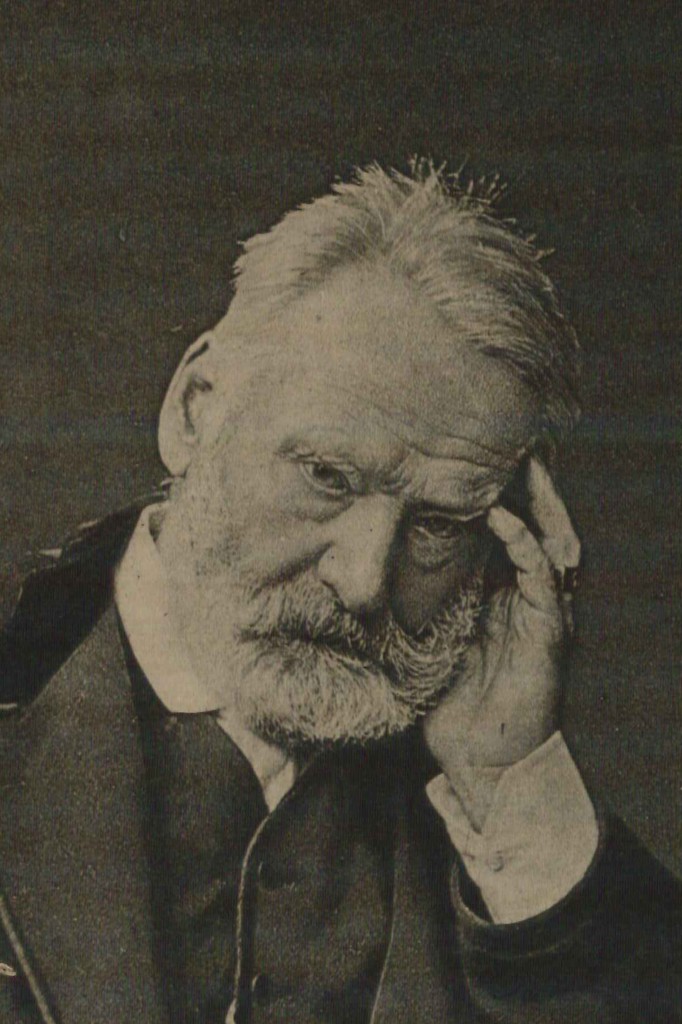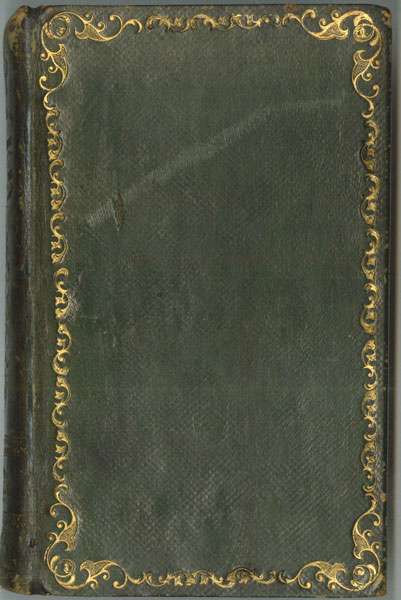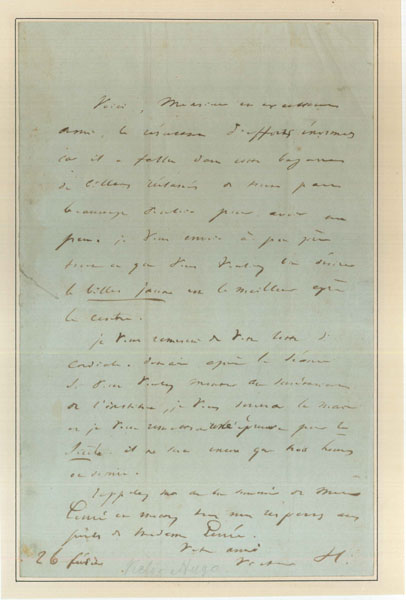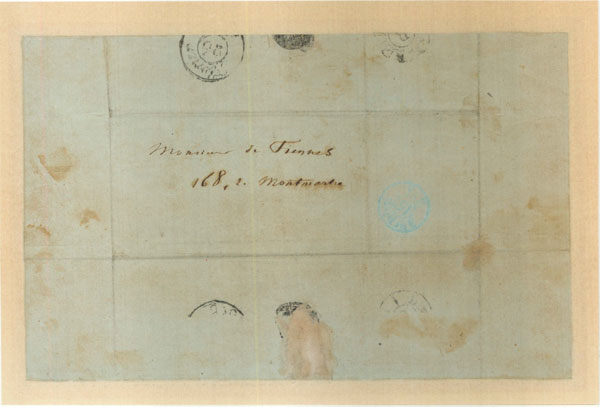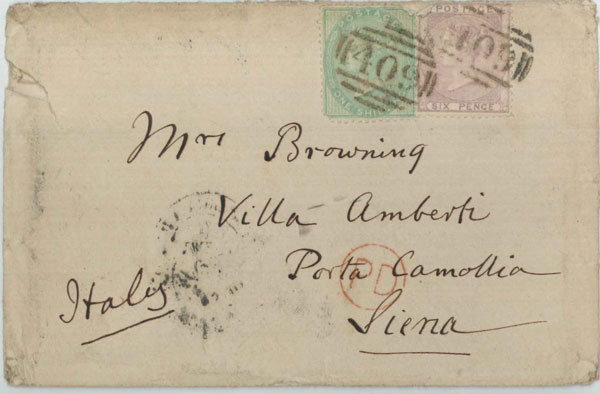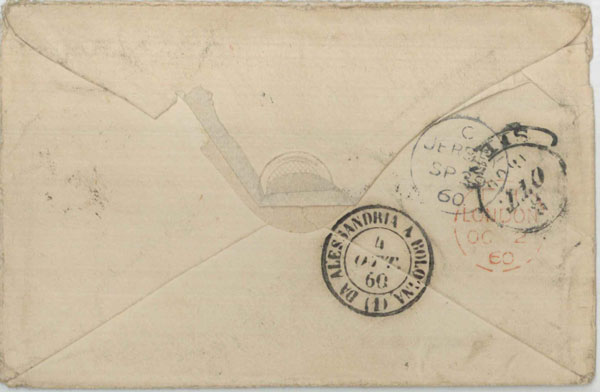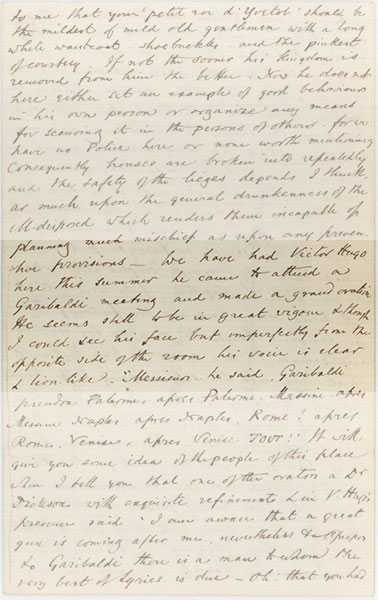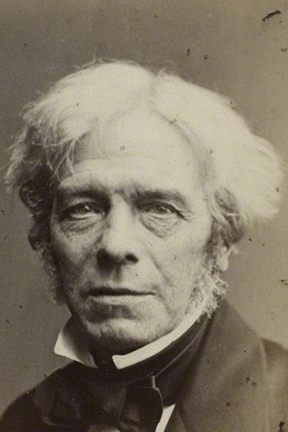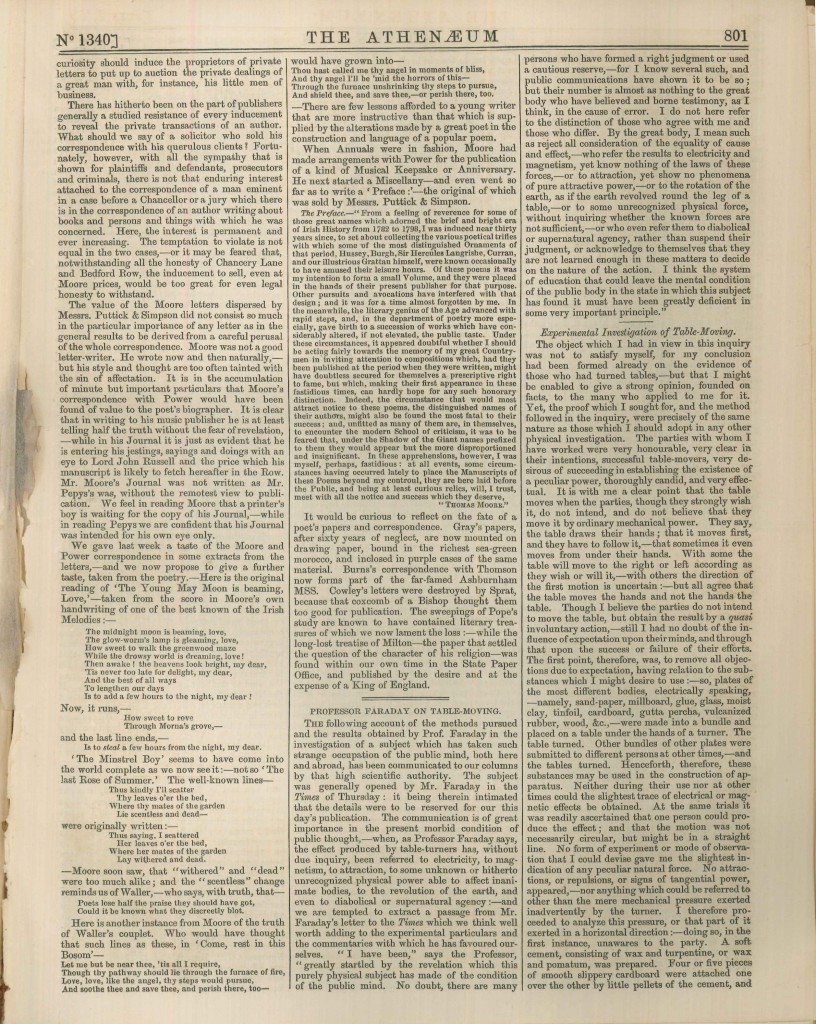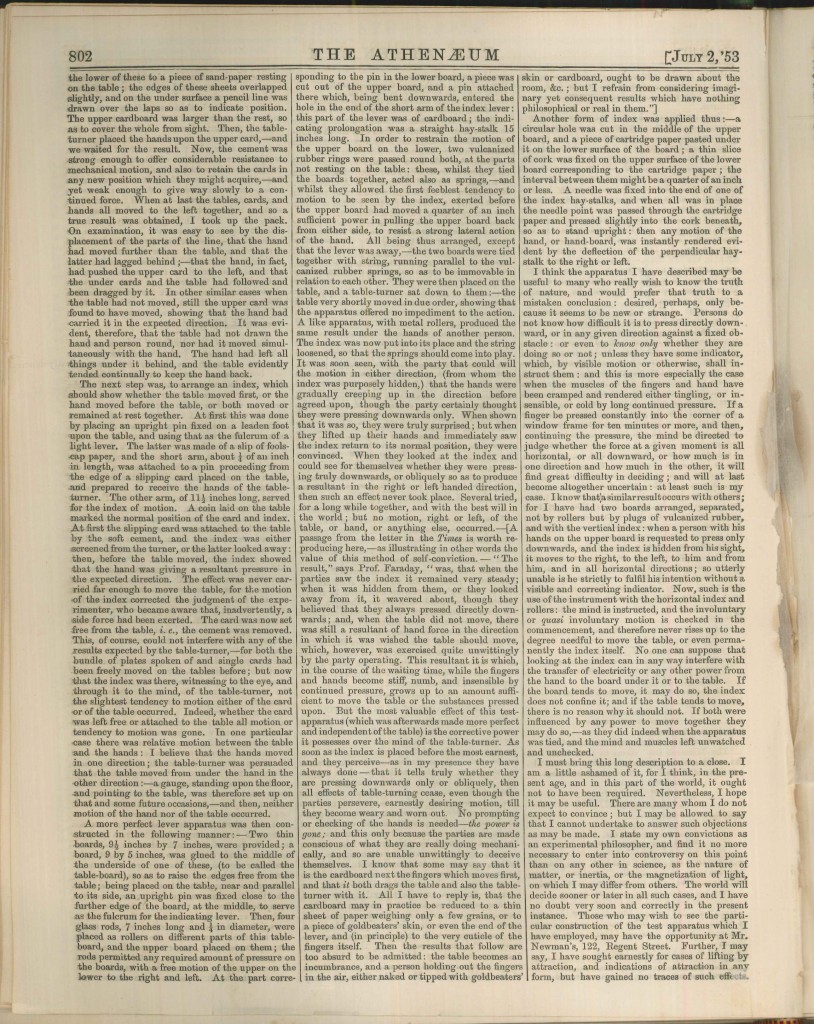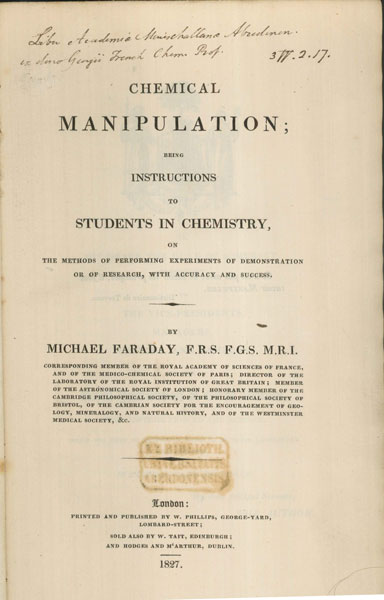By Melinda Creech, Graduate Assistant, Armstrong Browning Library
Victor Hugo, a French poet, novelist, and dramatist of the Romantic movement, is considered one of the greatest and most recognized French writers. His best-known works are the acclaimed novels Les Misérables (1862) and Notre-Dame de Paris (1831), known in English as The Hunchback of Notre-Dame.
Hugo’s works at the Armstrong Browning Library include one letter and seven books, one of them rare.
Victor Hugo. Thèatre De Victor Hugo. Paris: Charpentier, Libraire-Editeur, 1844.
This volume is a first edition.
Monsieur de Fiennes may have been an advocate at Bruxelles and later appointed Minister of Finances of France in 1840.
Letter from Frederick Tennyson to Elizabeth Barrett Browning. 29 September 1860.
The brother of Alfred Lord Tennyson spent most of his life in Italy and Jersey, a small island off the coast of Normandy. But, for twenty years he lived in Florence, where he was a friend of Robert and Elizabeth Browning. In this letter, written while in Jersey to Elizabeth Barrett Browning in Siena, Italy, Frederick Tennyson, mentions that:
We have had Victor Hugo here this summer he came to attend a Garibaldi meeting and made a grand oration. He seems still to be in great vigour & though I could see his face but imperfectly from the opposite side of the room his voice is clear & lion-like–

